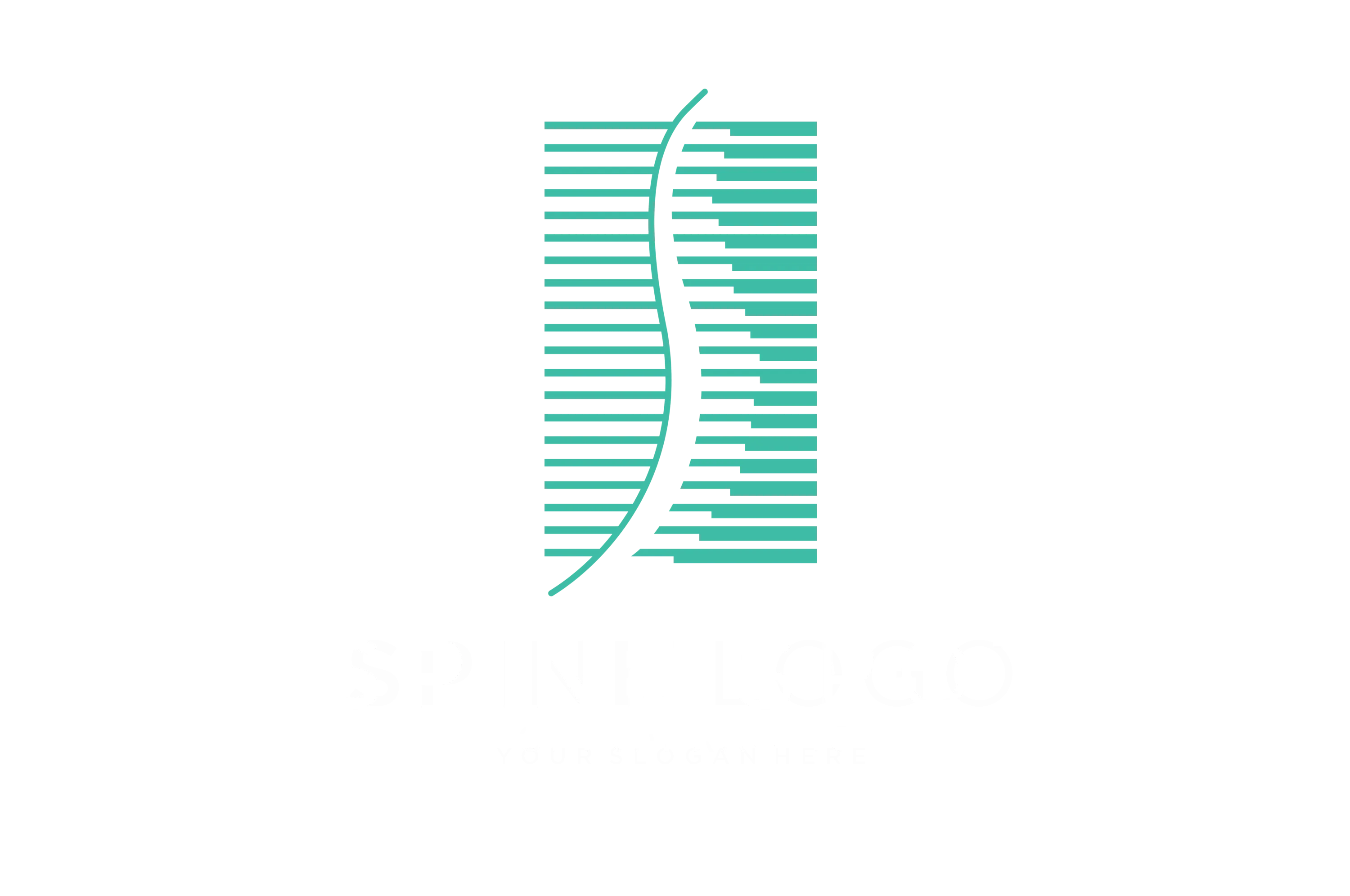Lower back pain is one of the top reasons that people seek medical care, miss work, and are forced to refrain from everyday activities. According to the National Institutes of Health, 8 in 10 adults suffer from low back pain at some point in life. The condition takes an economic toll, with a price tag of $100 billion per year in combined healthcare costs, lost wages, and reduced productivity. Fortunately, chiropractic care has provided relief to millions who suffer from this potentially disabling condition. It can often help people avoid more extreme measures like prescription medication or surgery, which carry an increased risk of intense side effects.
Lower back pain is a common medical condition that affects a significant portion of the population at some point in their lives. It can be acute or chronic and may result from various factors such as muscle strains, ligament sprains, herniated discs, or underlying health conditions. The impact of lower back pain on daily life can be debilitating for individuals, affecting their ability to perform routine tasks and enjoy daily activities.
Causes of Lower Back Pain
Lower back pain can be caused by a range of factors, including muscle spasms, ligament injuries, herniated discs, and spinal abnormalities. Additionally, poor posture, obesity, and sedentary lifestyle can contribute to the development of lower back pain. Understanding the specific cause of lower back pain is crucial for effective treatment and pain management.
There are many reasons for low back pain, including spinal injuries, inflammation or injury of the spinal nerve, pressure on the sciatic nerve, and narrowing of the spinal column. Here are some common lower back problems:
Muscle strain and joint damage — The lower back is more prone to injury than other parts of the spine since it supports a disproportionate amount of weight while allowing us to bend and twist in almost every direction. In addition, factors such as poor muscle stability as a result of a sedentary lifestyle make the lower back more susceptible to muscle sprains, strains, and joint damage.
Bulging discs and nerve damage — The spine encases the spinal cord, the main communication system from the brain to the body. The spinal cord has nerve roots that extend outward to send signals to the rest of the body. If a disc bulges, it can put pressure on nerve roots. A more severe form of a bulging disc is a herniated or “slipped” disc. A bulging or slipped disc can cause pain and inflammation as well as numbness and tingling, often extending to the legs or feet if the accompanying nerve root is irritated.
Degenerative conditions — Wear and tear over time can lead to changes in the vertebrae and discs. As we age, discs shrink and provide less cushion between the vertebrae. Cartilage can deteriorate and affect joint motion or pinch the nerve. But good maintenance of spinal and muscle health as well as regular chiropractic visits can help slow or prevent the degeneration process. When signs of degeneration are caught early, there's a much better chance of preserving the health of your spine.
Symptoms of Lower Back Pain
Symptoms of lower back pain may vary from mild discomfort to severe, debilitating pain. Individuals experiencing lower back pain may also have limited range of motion, muscle weakness, and tingling sensations in the legs. Additionally, certain movements or activities may exacerbate the pain, leading to further discomfort and reduced functionality.
Impact of Lower Back Pain on Daily Life
Lower back pain can significantly impact a person's quality of life by affecting their ability to work, engage in physical activities, and enjoy leisure pursuits. Chronic low back pain may also contribute to mental stress, anxiety, and depression, leading to a decline in overall well-being. Seeking effective treatment for lower back pain is essential for improving the overall quality of life.
How Can Chiropractic Care Help with Lower Back Pain?
Chiropractic care offers a non-invasive and holistic approach to managing lower back pain, focusing on the body's natural ability to heal and recover. A chiropractor may employ a range of hands-on techniques and therapeutic modalities to address the underlying causes of lower back pain and provide relief to the affected individuals.
Chiropractic Treatment for Lower Back Pain
Chiropractic treatment for lower back pain involves a comprehensive assessment of the patient's condition, including a thorough examination of the spine, medical history review, and diagnostic tests such as X-rays if necessary. Based on the findings, the chiropractor may develop a personalized treatment plan to address the specific needs and concerns of the individual.
Spinal Manipulation for Lower Back Pain Relief
Spinal manipulation, a key component of chiropractic care, aims to restore proper alignment of the spine and alleviate lower back pain. Through gentle and targeted adjustments, a chiropractor can reduce spinal restrictions, alleviate muscle tension, and promote natural healing processes, providing significant relief from lower back pain.
Chiropractic Adjustment for Lower Back Pain
Chiropractic adjustment involves precise manual manipulation of the spine to address misalignments and improve overall spinal function. This hands-on approach aims to relieve pressure on the affected nerves, reduce inflammation, and enhance mobility, offering effective relief from lower back pain and associated discomfort.
When to See a Chiropractor for Lower Back Pain
Individuals experiencing persistent lower back pain or recurrent episodes of discomfort should consider consulting a chiropractor for expert evaluation and personalized care. Signs indicating the need for chiropractic care include limited range of motion, radiating pain to the legs, and difficulty performing daily activities due to lower back pain.
First Visit to a Chiropractor for Lower Back Pain
During the initial visit to a chiropractor, the individual will undergo a comprehensive assessment, including a detailed discussion of their symptoms, medical history, and specific concerns related to lower back pain. The chiropractor will then develop a customized treatment plan to address the underlying issues and provide effective relief from lower back pain.
Treatment Plan for Lower Back Pain
A chiropractic treatment plan for lower back pain may encompass various therapies and techniques tailored to the individual's condition and preferences. This may include spinal adjustments, therapeutic exercises, soft tissue therapy, and ergonomic recommendations to optimize recovery and improve functional outcomes.
Chiropractic Care for Herniated Disc in the Lower Back
Chiropractic care plays a crucial role in the management of a herniated disc in the lower back, offering non-surgical options to address pain, discomfort, and functional limitations associated with this condition. By focusing on spinal alignment and gentle manipulation, chiropractors can alleviate symptoms and enhance the healing process for individuals with a herniated disc.
Role of Chiropractic Care in Herniated Disc Treatment
Chiropractic care aims to relieve pressure on the affected disc and surrounding structures, facilitating the reduction of pain and inflammation. Through targeted interventions and personalized care, chiropractors can help individuals with a herniated disc experience significant relief and improvement in their overall well-being.
Chiropractic Treatment Plan for Herniated Disc
The chiropractic treatment plan for a herniated disc typically involves gentle spinal adjustments, traction therapy, and rehabilitative exercises to strengthen the supportive musculature and promote optimal spinal function. This comprehensive approach addresses the specific needs of individuals with a herniated disc, contributing to long-term recovery and symptom management.
Spinal Manipulation for Herniated Disc
Spinal manipulation techniques employed by chiropractors can effectively address the symptoms of a herniated disc by reducing pressure on the affected nerves and promoting natural healing processes. These gentle interventions aim to enhance mobility, alleviate pain, and improve overall spinal function, offering relief from the discomfort associated with a herniated disc.
Chiropractic Care for Chronic Low Back Pain
Chiropractic care offers valuable approaches for managing chronic low back pain, focusing on addressing the underlying causes of discomfort and promoting long-term relief. Through personalized treatment plans and targeted interventions, chiropractors can significantly improve the quality of life for individuals suffering from chronic low back pain.
Chiropractic Approaches for Chronic Low Back Pain
Chiropractors utilize a combination of spinal adjustments, rehabilitative exercises, and lifestyle recommendations to address the complex nature of chronic low back pain. By targeting the root causes of discomfort and dysfunction, chiropractic approaches aim to enhance mobility, alleviate pain, and improve overall spinal health.
Pain Relief through Chiropractic Care
Chiropractic care offers effective pain relief for individuals with chronic low back pain through gentle and targeted interventions that address the specific areas of concern. By restoring proper spinal alignment and reducing muscular tension, chiropractors can significantly alleviate pain and improve the overall comfort and functioning of individuals with chronic low back pain.
Improving Range of Motion with Chiropractic Treatment
Chiropractic treatment focuses on improving the range of motion and flexibility in individuals with chronic low back pain, enabling them to perform daily activities with greater ease and comfort. Through tailored therapeutic exercises and spinal adjustments, chiropractors aim to enhance functional outcomes and promote long-term well-being for individuals with chronic low back pain.
What to Expect at Your First Chiropractic Visit
Many people visit a chiropractor either as a first step in seeking treatment for lower back pain or as a complementary treatment while also receiving standard medical care. During your initial evaluation, the chiropractor will typically take your health history and conduct a physical exam to assess your range of motion, check for tenderness, feel for tightness, examine your posture, and check the alignment of your spine.
You will lie on a specially designed adjustment table, and the chiropractor will apply light touches to your spine to determine if any of the joints in your vertebrae have become locked in place. The Doctor of Chiropractic will also determine if you may need X-rays or another type of imaging. Only after a complete exam will a treatment plan be created, and you will be advised how many visits are recommended.
Treatment for Lower Back Pain
Treating lower back pain can involve a variety of therapies, such as adjustment (spinal manipulation). This is a common chiropractic method in which the chiropractor applies specific pressure to segments of the spine with limited motion, either with their hands or with the aid of specialized instruments. A spinal adjustment can help bring your spine into alignment, release locked vertebrae, and reduce pain.
Other therapies may include
- specific stretching and strengthening exercises
- therapeutic massage
- spinal decompression
- trigger point therapy
- cold laser therapy
- therapeutic ultrasound
- muscle stimulation
- heat or ice
Why Seek Chiropractic Care for Lower Back Pain?
It's logical to meet lower back problems with the least invasive, most cost-effective treatment, and research supports chiropractic care as effective for treating lower back pain. Here are some conclusions:
- Patients with lower back pain who complemented standard medical care with chiropractic therapy had greater improvement in lower back pain and less use of pain medication than patients who sought standard medical care alone.
- Patients with acute lower back pain who were treated with a variety of chiropractic therapies showed greater improvement in pain and function in the short and medium term than those who were treated with non-chiropractic therapies or those who received no treatment.
The evidence points to chiropractic care as beneficial in treating lower back pain. For relief of lower back pain and return to normal function, chiropractic care can be an excellent first-line treatment option to set you on the path to restored health.
More Conditions Treated
- Common Chiropractic Conditions
- Tennis Elbow
- Thoracic Outlet Syndrome
- TMJ
- Wrist Pain
- Scoliosis
- Spinal Stenosis
- Strains & Sprains
- Tech Neck/ Text Neck
- Tendonitis
- Pinched Nerve
- Sciatica
- Neck Pain
- Neuropathy
- Osteoarthritis
- Pregnancy Pain
- Joint Pain
- Mid/Upper Back Pain
- Posture Problems
- Golf Elbow
- Introduction to Common Conditions
- Plantar Fasciitis
- Forward Head Posture
- Lower Back Pain
- Pitcher's Elbow
- Fibromyalgia
- Hip Pain
- Knee Pain
- Carpal Tunnel Syndrome
- Dizziness & Vertigo
- Headache & Migraine
- Ear & Sinus Pain
- Degenerative Disc Disease
- Back Pain
- Bulging & Herniated Disc


